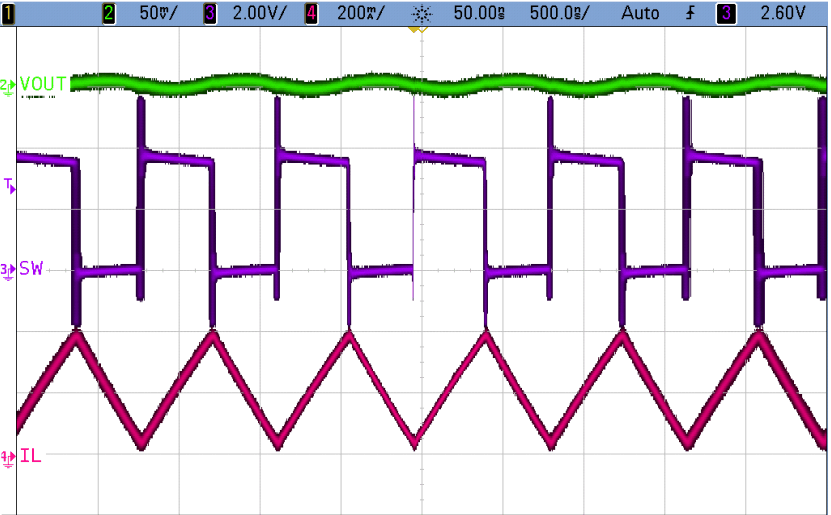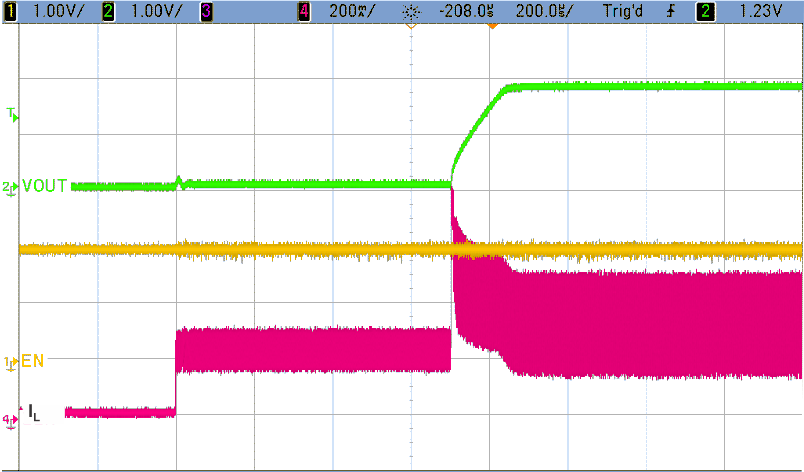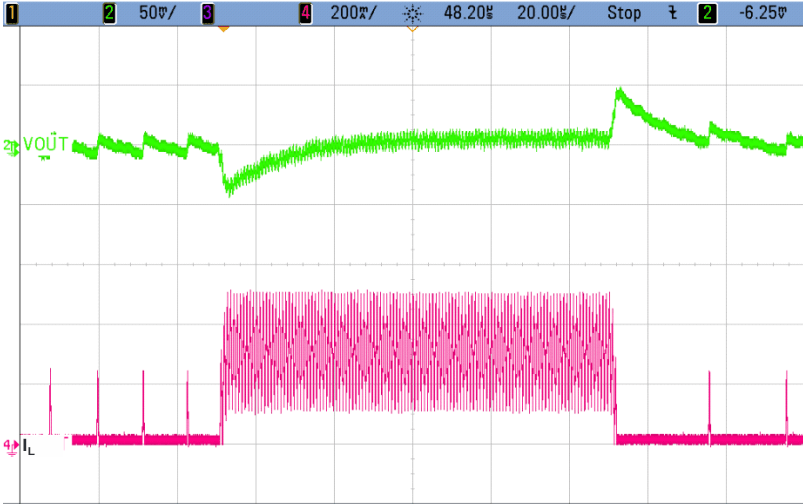SLVSCQ0B June 2015 – March 2021 TPS62743
PRODUCTION DATA
- 1 Features
- 2 Applications
- 3 Description
- 4 Revision History
- 5 Device Comparison Table
- 6 Pin Configuration and Functions
- 7 Specifications
- 8 Detailed Description
- 9 Application and Implementation
- 10Power Supply Recommendations
- 11Layout
- 12Device and Documentation Support
- 13Mechanical, Packaging, and Orderable Information
Package Options
Refer to the PDF data sheet for device specific package drawings
Mechanical Data (Package|Pins)
- YFP|8
Thermal pad, mechanical data (Package|Pins)
Orderable Information
9.2.3 Application Curves
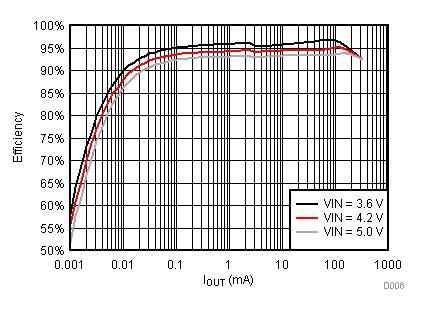
| TPS62743 | ||
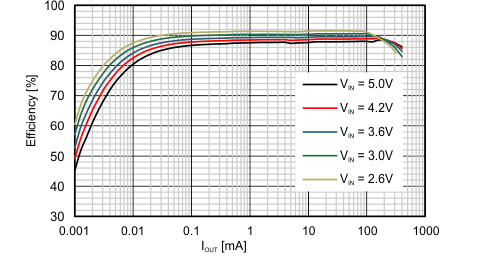
| TPS627431 |
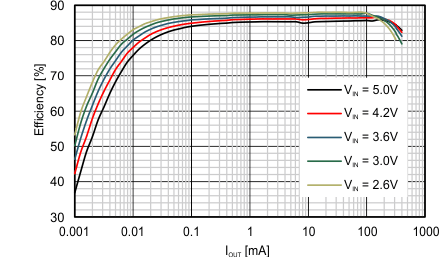
| TPS627431 |
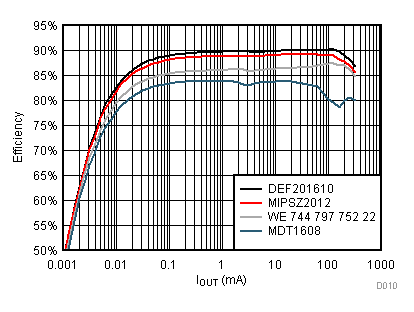
| TPS62743 | ||
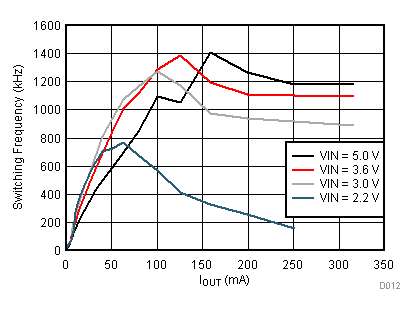
| TPS62743 | ||
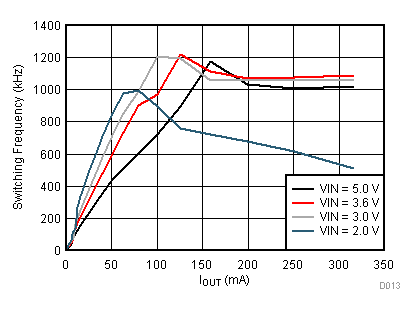
| TPS62743 | ||
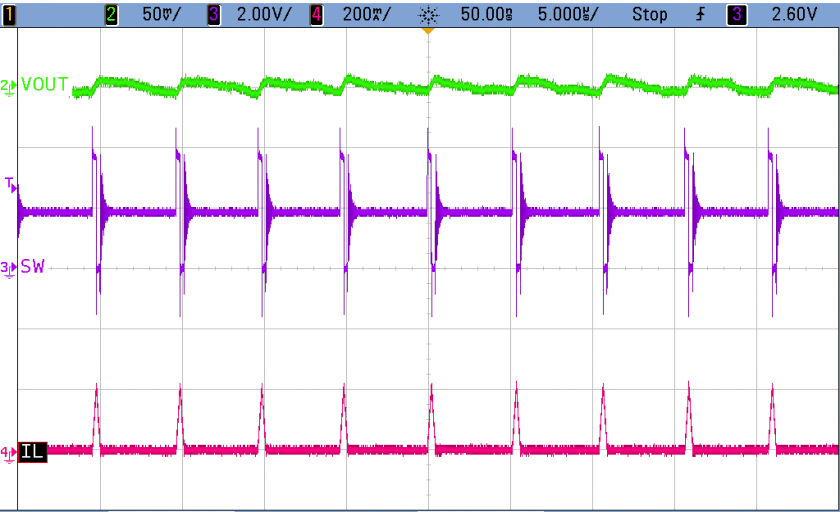

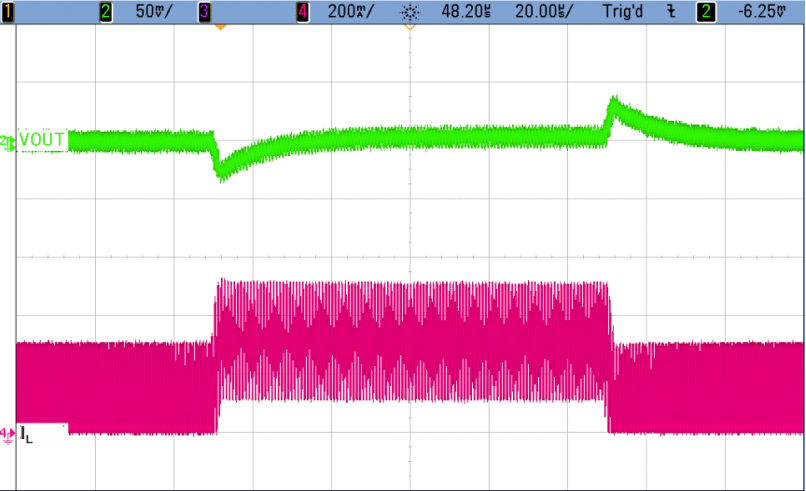
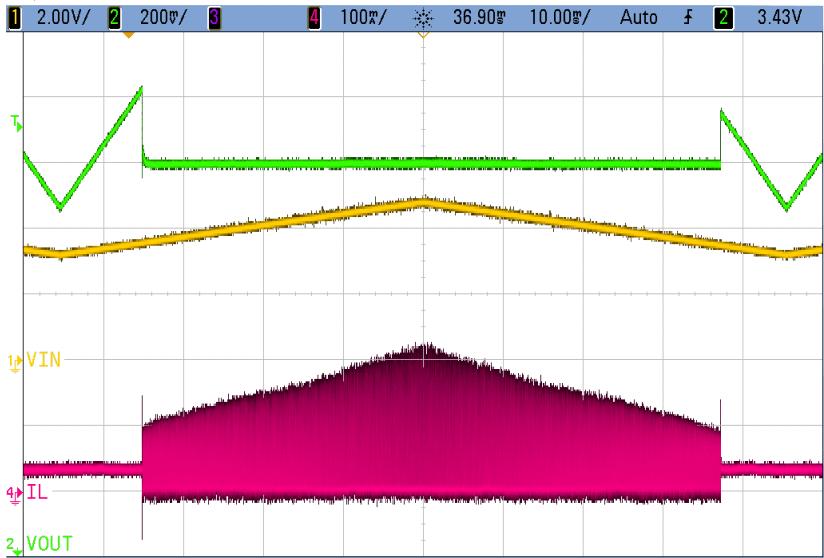
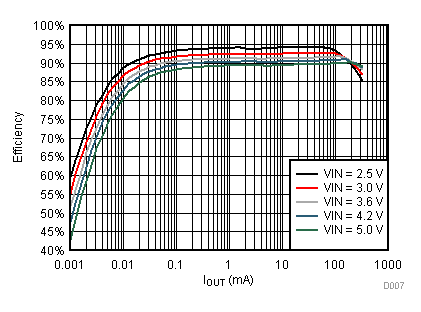
| TPS62743 | ||
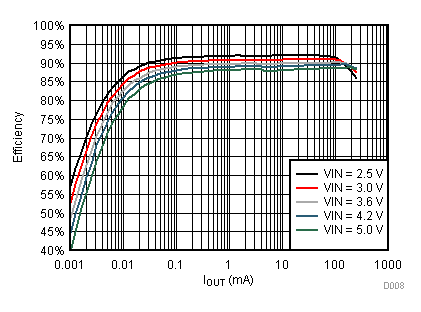
| TPS62743 | ||
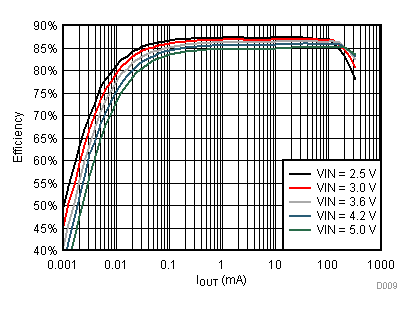
| TPS62743 | ||
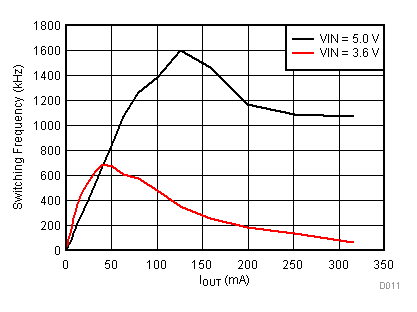
| TPS62743 | ||
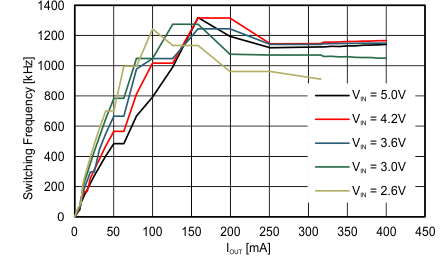
| TPS627431 |
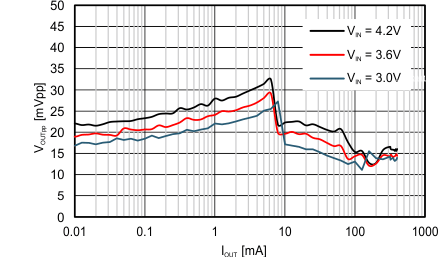
| TPS627431 | VOUT = 1.4V | |
| L = 2.2µH | COUT = 10µF (0402) |
